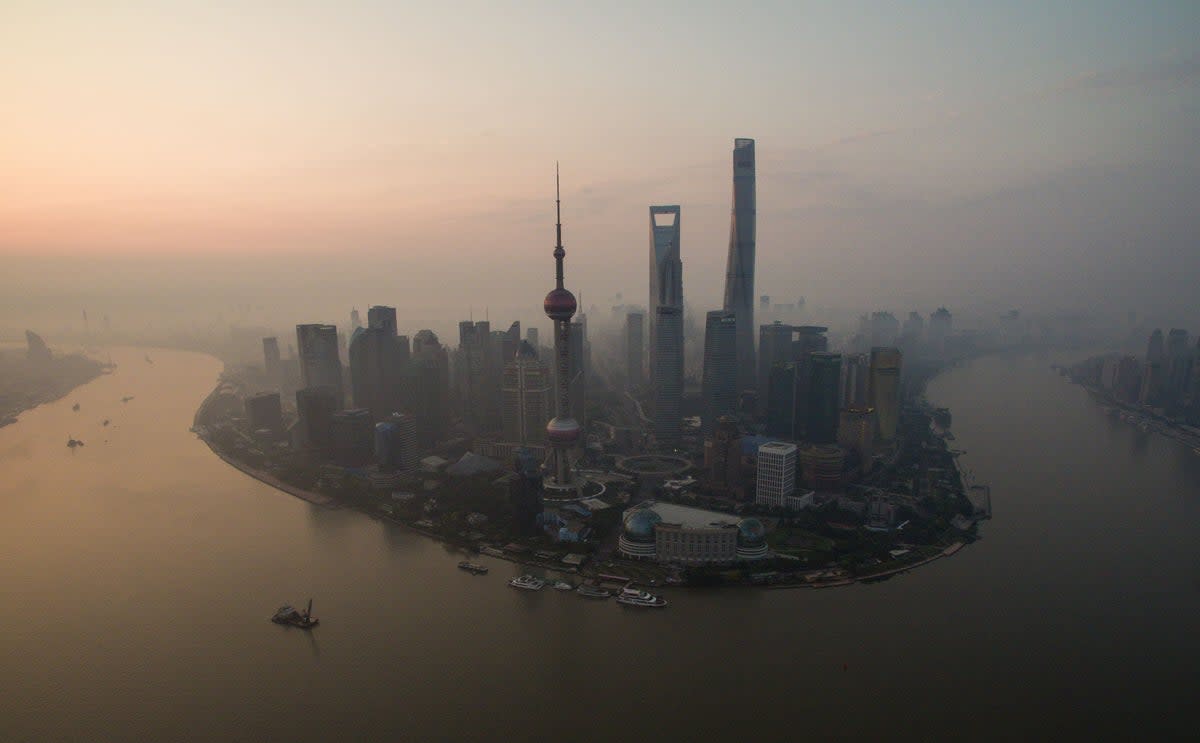Almost half of all major Chinese cities are sinking, study warns

Half of all major Chinese cities are facing a “moderate to severe” risk of subsidence, increasing the risk of flooding which could affect millions in the country, a new study warns.
The research, published in the journal Science, found that 45 per cent of China’s urban land was sinking faster than 3mm per year, with 16 per cent per cent at a rate of over 10mm per year.
The study also found that China’s biggest city Shanghai continues to subside after sinking up to 3m over the past century while Beijing is sinking 45mm annually near its subways and highways.
The high subsidence rate is due to declining water tables and the weight of buildings and infrastructure, say scientists from South China Normal University.
“Subsidence jeopardises the structural integrity of buildings and critical infrastructure and exacerbates the impacts of climate change in terms of flooding, particularly in coastal cities where it reinforces sea-level rise,” Robert Nicholls from the Tyndall Centre for Climate Change Research at University of East Anglia said
China already suffers annual losses to the tune of $1bn due to subsidence, and by the end of this century, researchers say nearly a quarter of the country’s coastal land could be below sea levels.
These changes could affect China’s cities – already home to over 900 million people.
“Even a small portion of subsiding land in China could therefore translate into a substantial threat to urban life,” scientists wrote.
“It brings home that this is for China a national problem and not a problem in just one or two places. And it is a microcosm of what is happening around the rest of the world,” Dr Nicholls, who was not involved in the study, said.
Scientists found that Tianjin which has a population of over 15 million is one of the worst-hit whose sinking land could reinforce the impact of climate change and sea-level rise.
Researchers cautioned that the new findings reinforce the need for a national response even in other susceptible cities outside China.
Citing an example, they said stopping groundwater withdrawal in the Japanese cities of Osaka and Tokyo in the 1970s led to their subsidence reduction.
“We need to learn from this experience to also address the threat of subsidence which is more common than currently recognised,” Dr Nicholls said.

 Yahoo News
Yahoo News 
